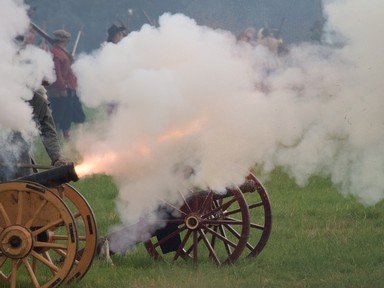
The Battles on British Soil Trivia Quiz
All these battles took place on British/English soil at different times. They need to be sorted into those that were part of the Wars of the Roses, the Civil War or other - those that weren't part of those other two major conflicts.
A classification quiz
by rossian.
Estimated time: 3 mins.